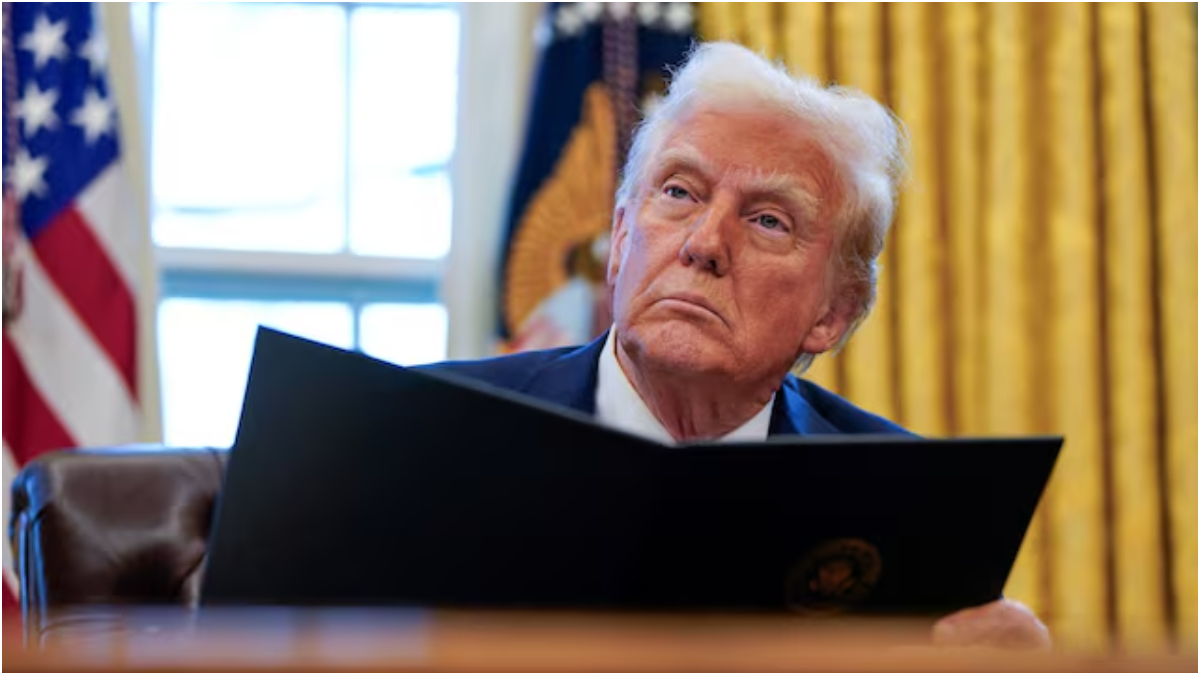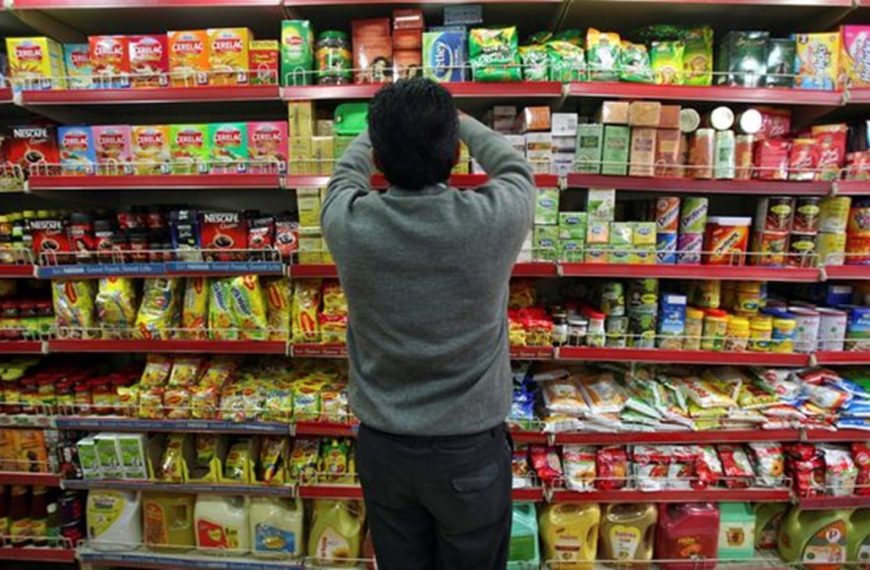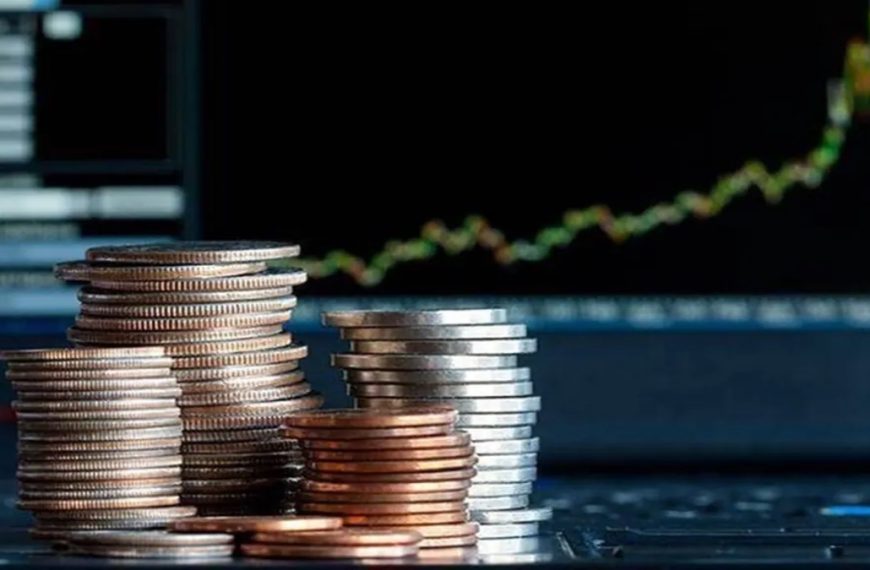Donald Trump has marked a significant day in American politics with the announcement of new reciprocal tariffs that could reshape global trade dynamics. This bold move, as part of his “America First Trade Policy,” aims to address perceived inequalities in trade practices, particularly against major countries like India and China. Trump asserts that these tariffs will reduce dependence on foreign imports, despite skepticism from experts who caution about potential repercussions.
Understanding the Tariff Strategy
The determination of these new tariffs will not solely rely on existing tariffs from partner nations. Instead, they will consider various factors including:
- Value Added Tax (VAT)
- Deviations in exchange rates from the market value
- Non-tariff barriers
The Complex Relationship Between India and the US
India has often been labeled by Trump as the “tariff king,” primarily due to its high import duties on American goods. For instance, tariffs on U.S. auto imports can exceed 100%, a point Trump has vehemently criticized as "unfair." However, following a meeting in February, the U.S. President acknowledged Indian Prime Minister Narendra Modi as a "very smart man" and a "great friend," suggesting a desire to enhance bilateral relations.
Currently, the average tariff on U.S. goods entering India stands at 7.7%, compared to just 2.8% on Indian exports to the U.S., highlighting a significant 4.9% differential that the U.S. seeks to address.
Recent Developments in Trade Relations
In recent months, India has attempted to ease tensions by reducing tariffs on various products, including:
- Motorcycles and bourbon: Tariffs were reduced from 50% to 40% for certain engine capacities.
- Carrier-grade Ethernet switches: Duties cut from 20% to 10%.
- Synthetic flavoring essences: Tariffs reduced from 100% to 20%.
- Fish hydrolysate: Duties decreased from 15% to 5%.
Additionally, India has proposed eliminating a 6% equalization levy on online advertisements, aiming to foster a more favorable trade environment.
Recent negotiations between the two nations have focused on enhancing trade cooperation, addressing both tariff and non-tariff barriers. Bilateral trade reached $119.71 billion in the fiscal year 2023-24, with India enjoying a trade surplus of $35.31 billion.
Industries Facing Potential Impact from Tariffs
Electronics Sector
India’s electronics industry, particularly smartphone exports, is bracing for potential tariff increases ranging from 1.2% to 10.8%. This sector accounted for $11.1 billion of exports to the U.S. in FY24, representing 14% of total exports. With over 50% of these exports being Apple iPhones assembled in India, any tariff hikes could lead to increased consumer prices and diminished demand.
Pharmaceutical Industry
India plays a crucial role in supplying 47% of the U.S. generic drug imports. However, the introduction of a 25% tariff on pharmaceutical imports could have dire consequences. Analysts predict that such tariffs could dramatically decrease exports, forcing companies to either relocate manufacturing or absorb costs, which could lead to higher prices for consumers.
Automotive Industry
Trump’s recent announcement of a 25% tariff on imported vehicles and auto parts is expected to impact the automotive industry. While India’s direct exports of fully assembled vehicles to the U.S. are minimal, the country’s significant share of auto component exports—28%—places it at risk. The price increase for American consumers could further complicate market conditions.
Semiconductor Sector
The proposed 25% tariff on semiconductor imports is poised to affect the global semiconductor landscape. However, India’s nascent semiconductor industry currently does not export chips, suggesting immediate impacts may be limited. As the sector develops, it is expected to adopt a "manufacturing-as-a-service" model, catering to a broader global market.
Chemical Industry
The U.S. plans to impose reciprocal tariffs on the chemical sector, where India currently faces a 10% tariff compared to the U.S.’ 3%. This could disrupt trade dynamics significantly, with Indian companies potentially needing to adjust pricing strategies or explore alternative shipping routes.
Textile Industry
India’s textile and apparel exports to the U.S. amounted to $9.6 billion in FY24, representing 28% of total textile exports. With competition from nations like Bangladesh and Vietnam, increased tariffs could disadvantage Indian goods, affecting market positioning.
Conclusion
As Trump’s administration pushes for these reciprocal tariffs, the implications for various sectors are becoming clearer. While the goal is to create an equitable trade environment, the reality may lead to increased prices for American consumers and a complex web of negotiations and adjustments for Indian exporters. The evolving trade relationship will be closely monitored as both nations work towards a more balanced economic partnership.











